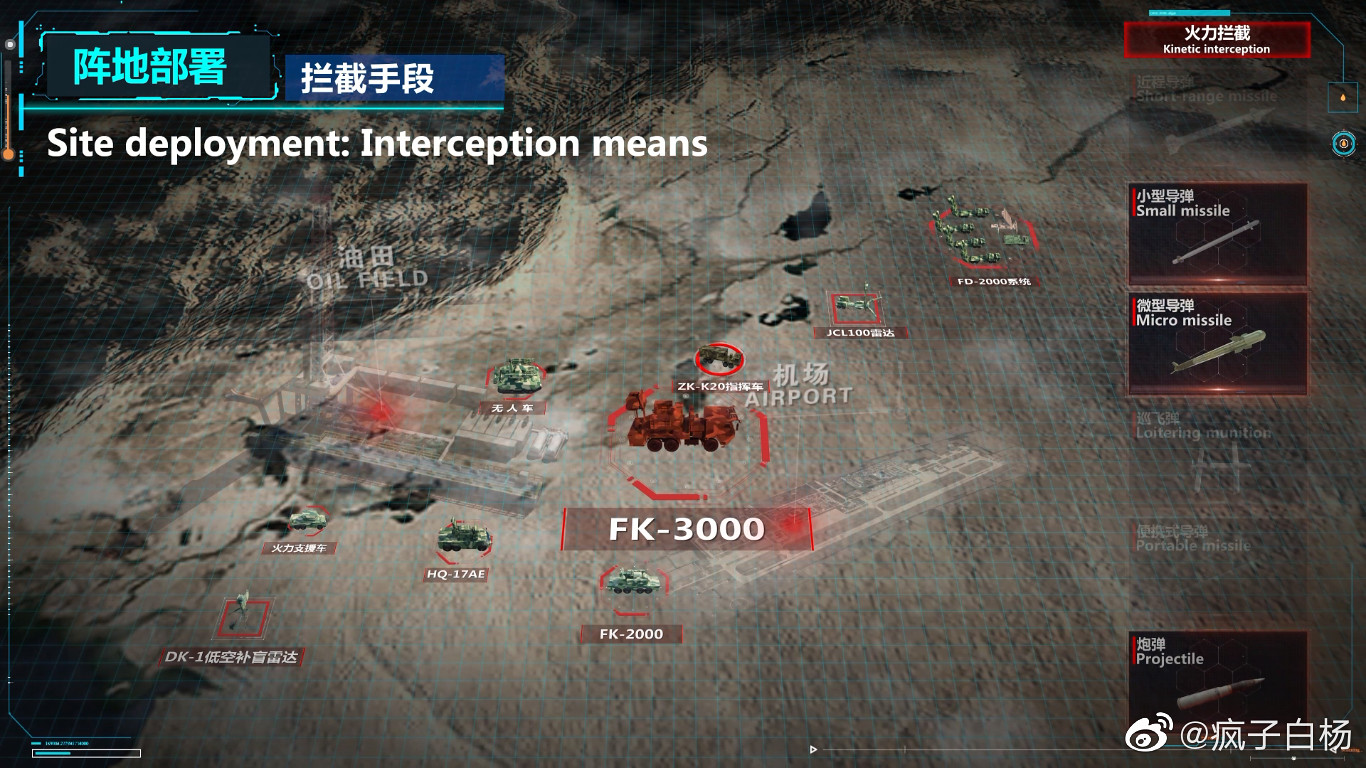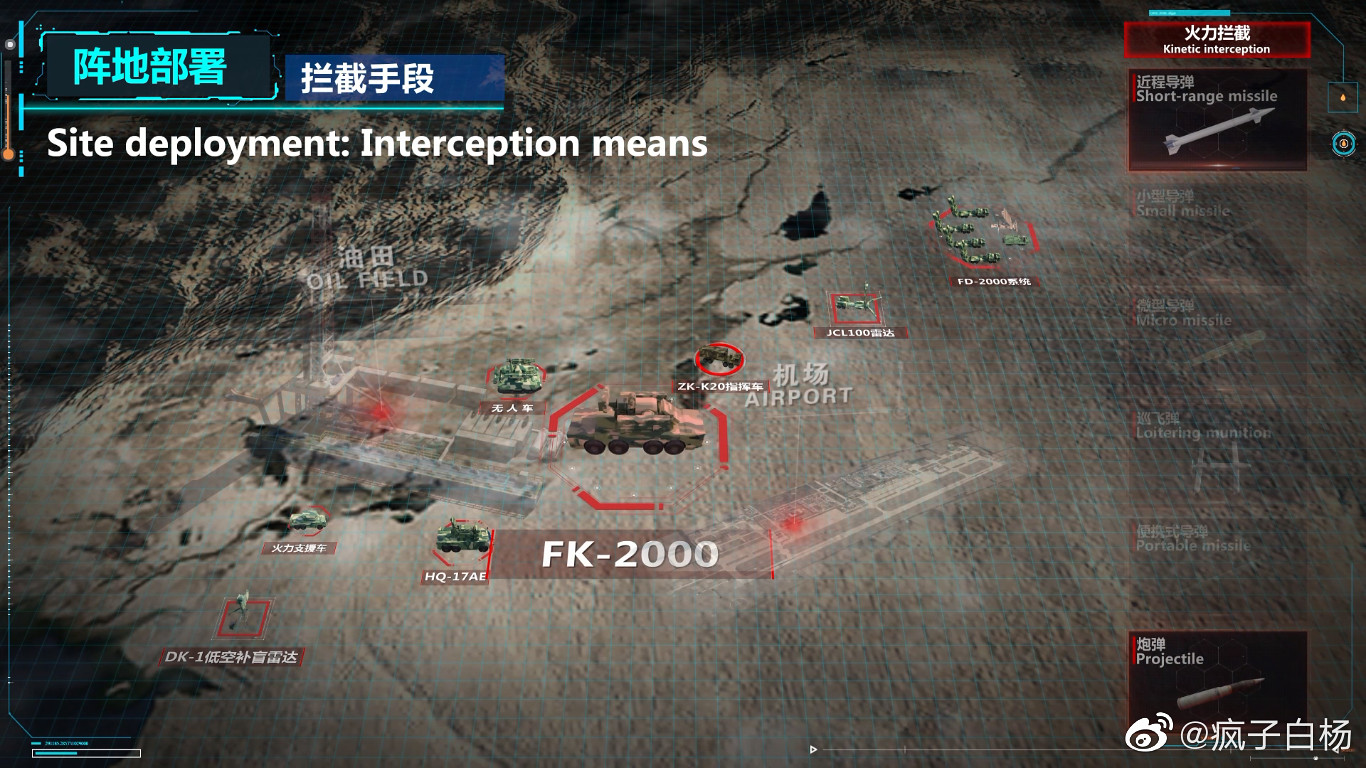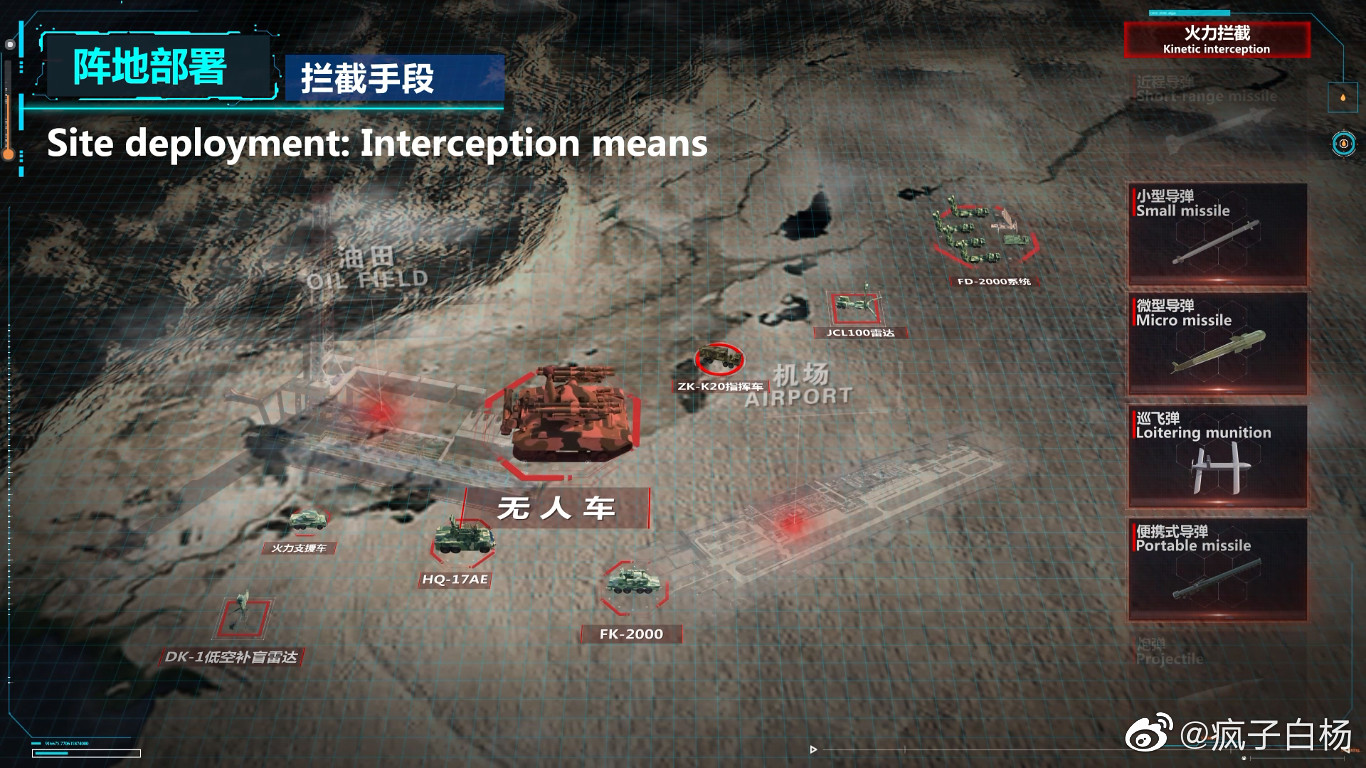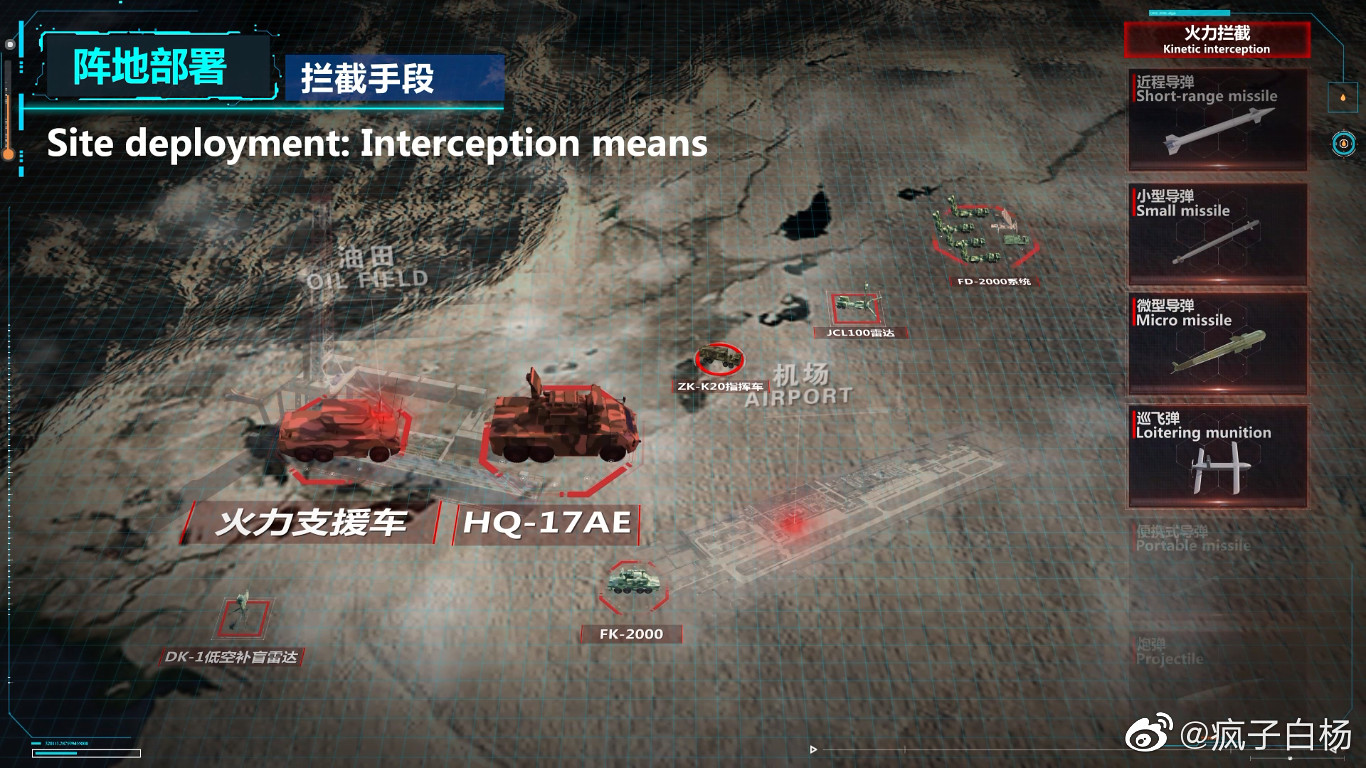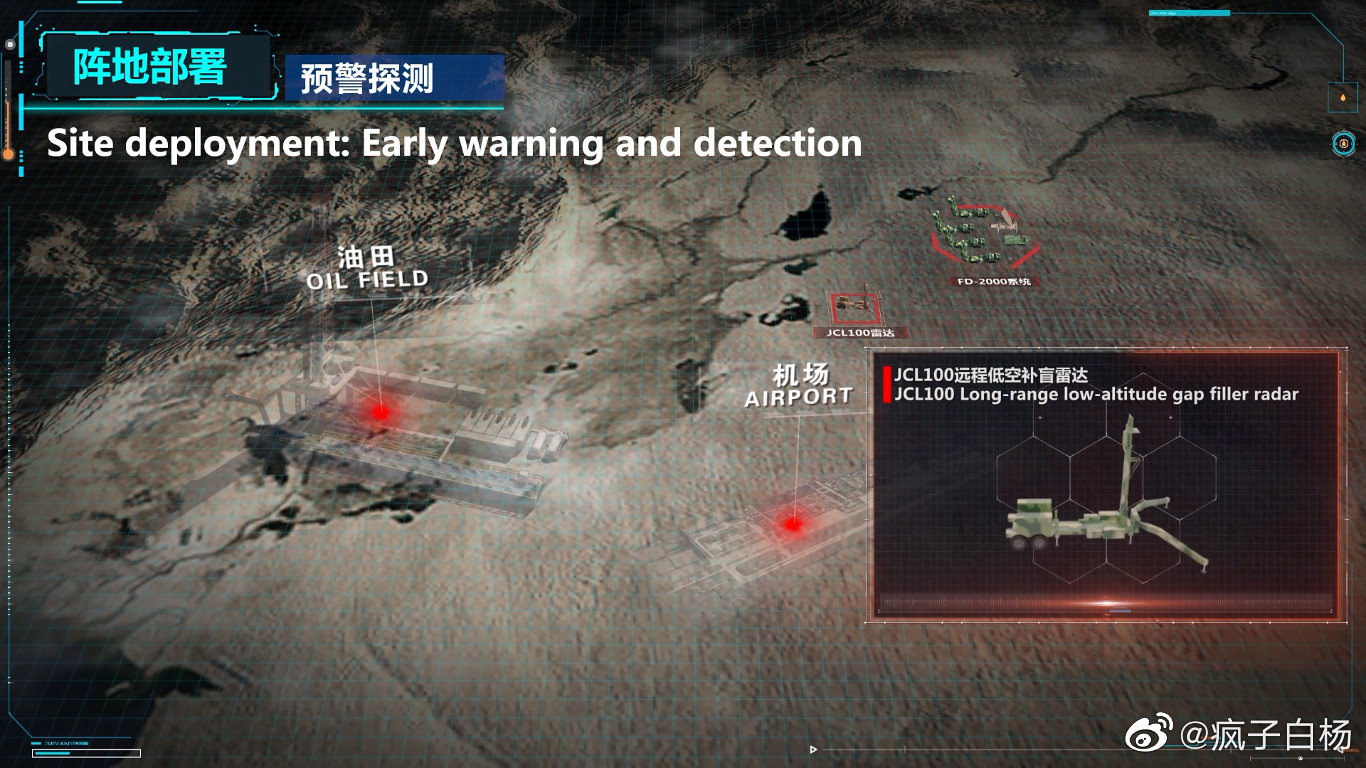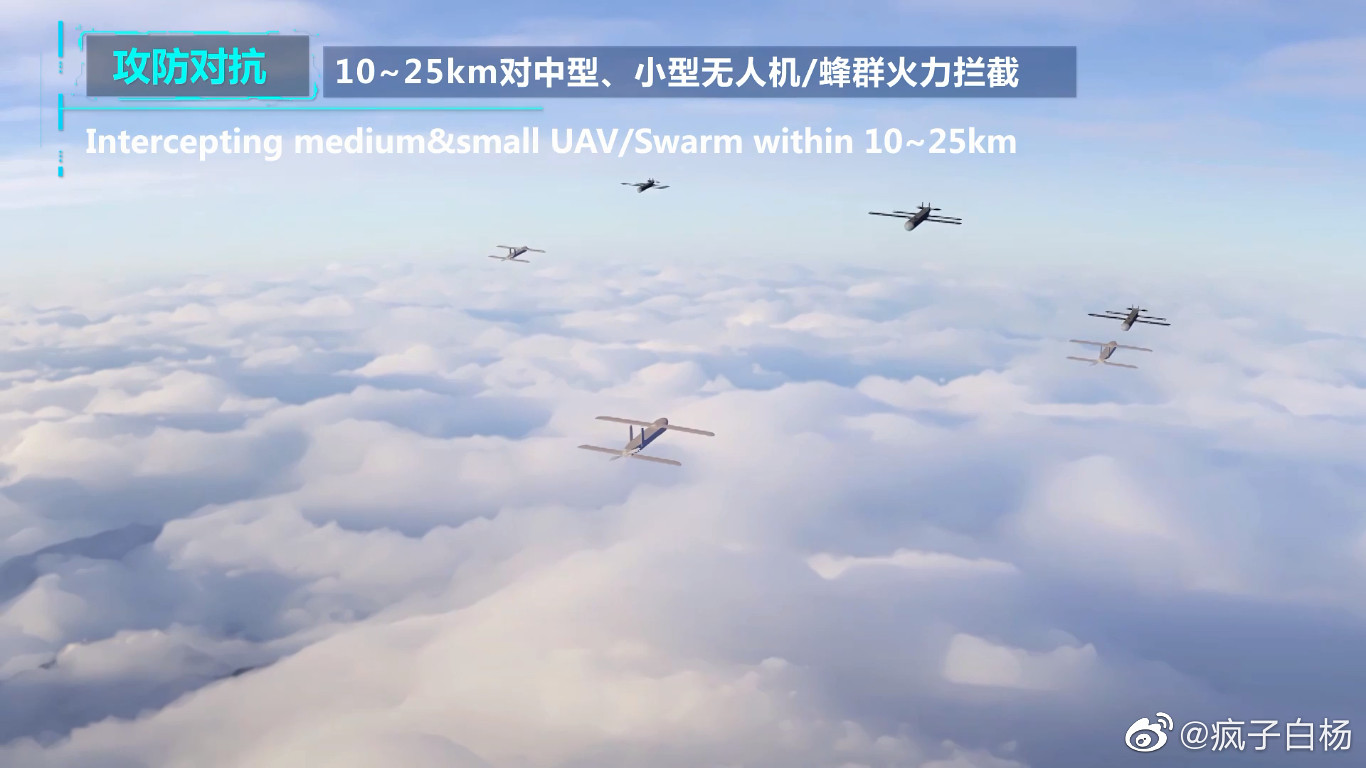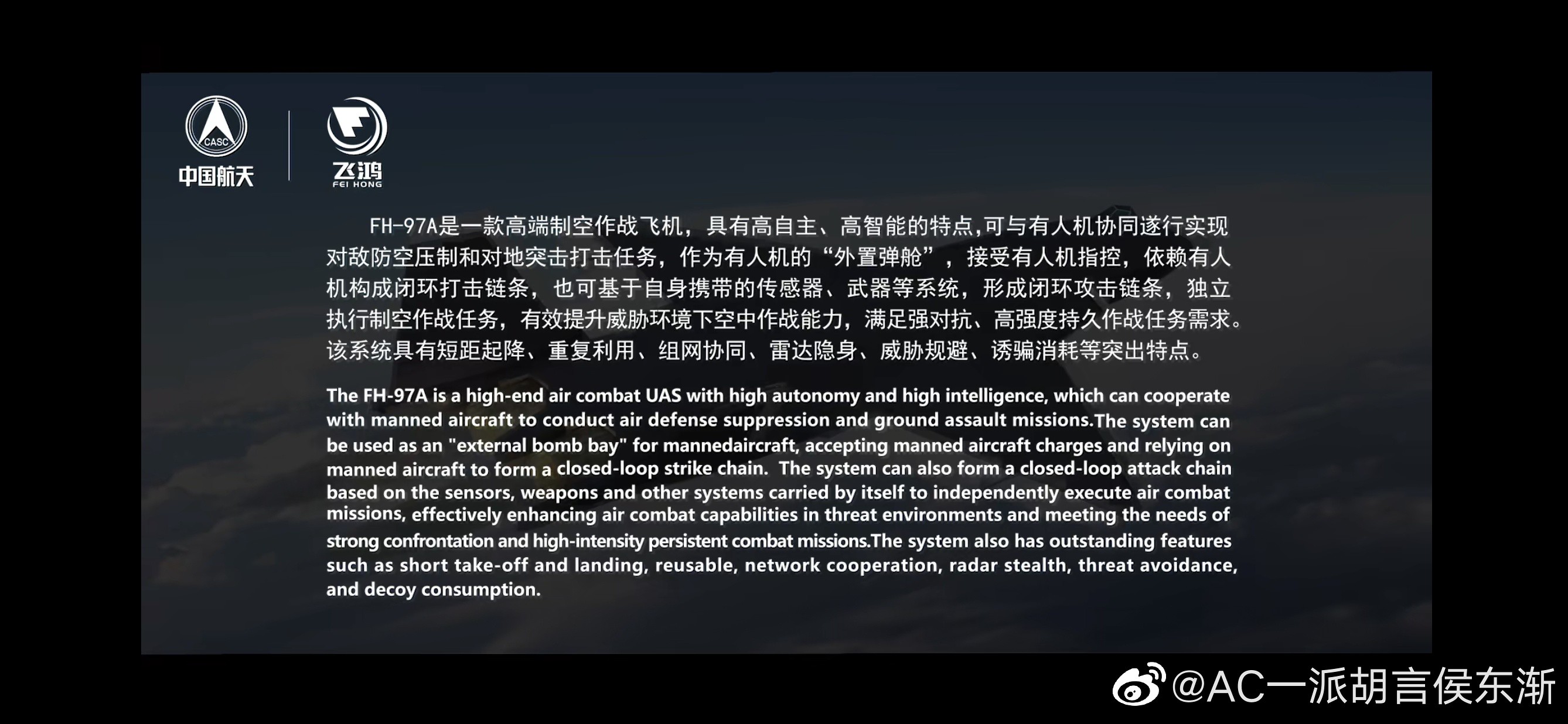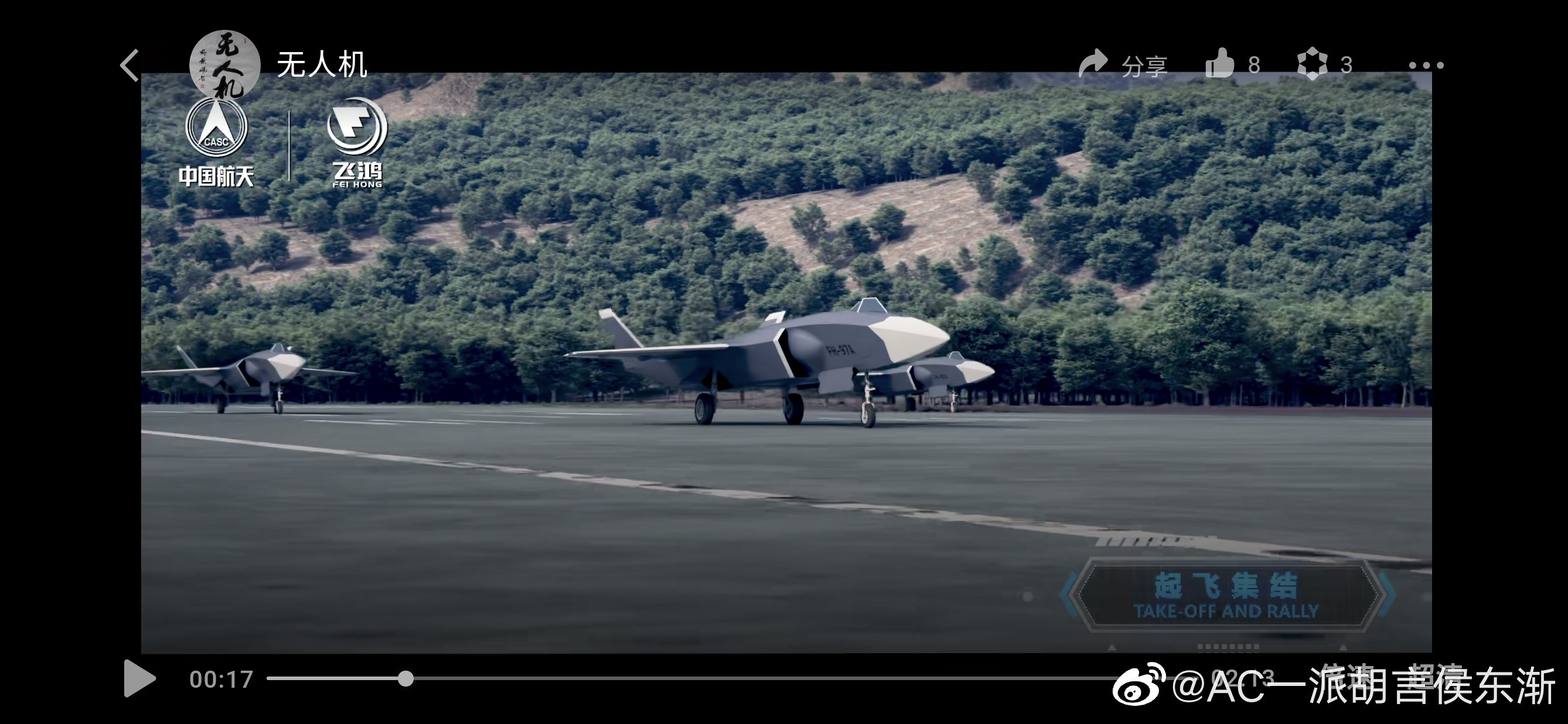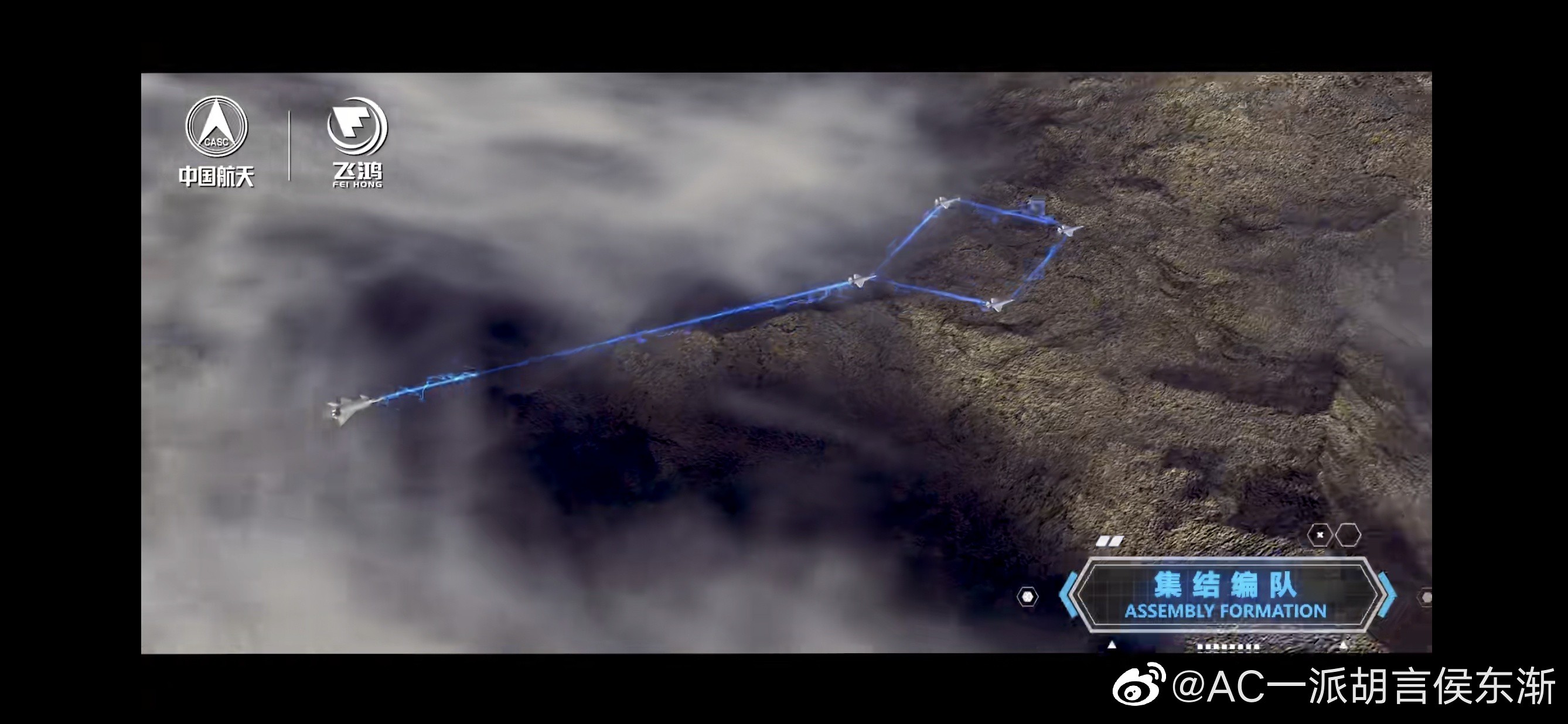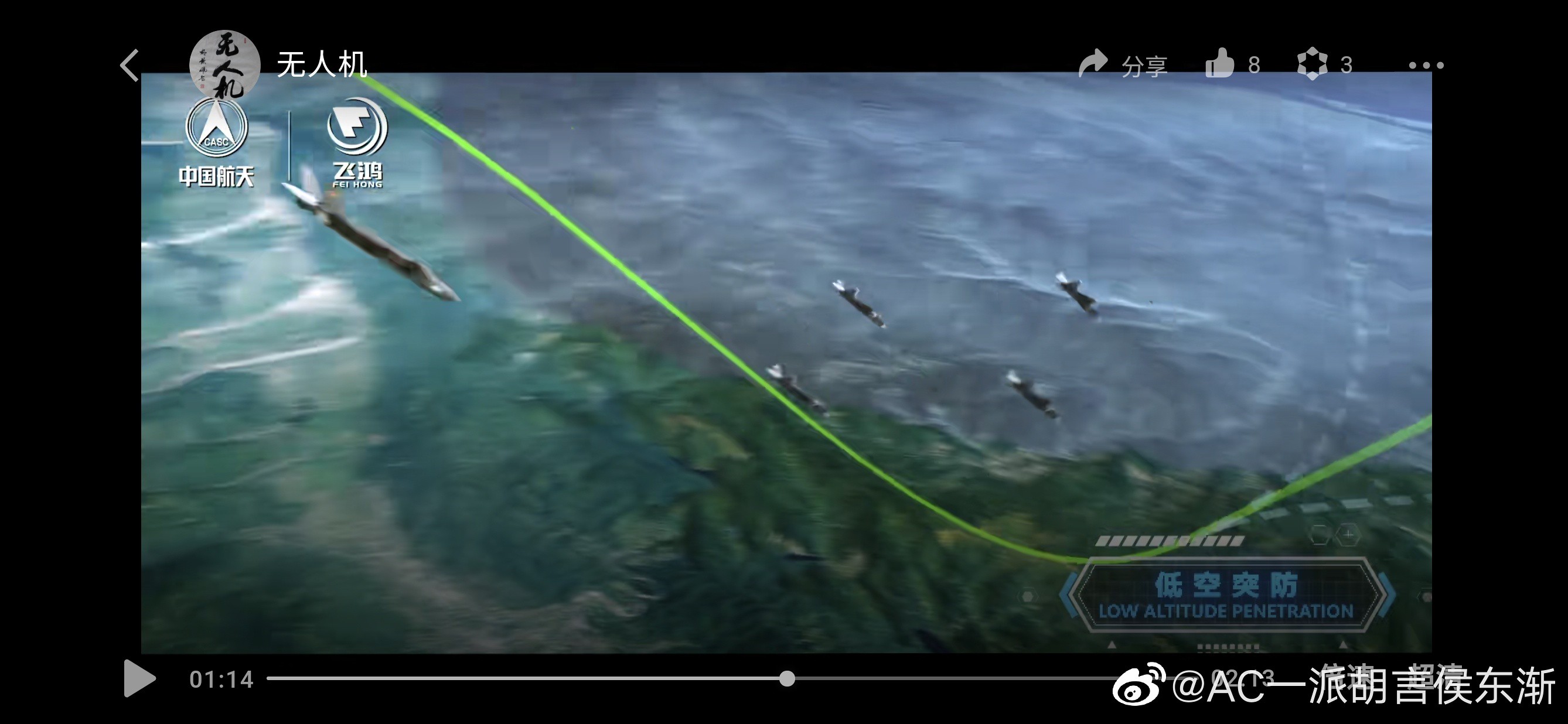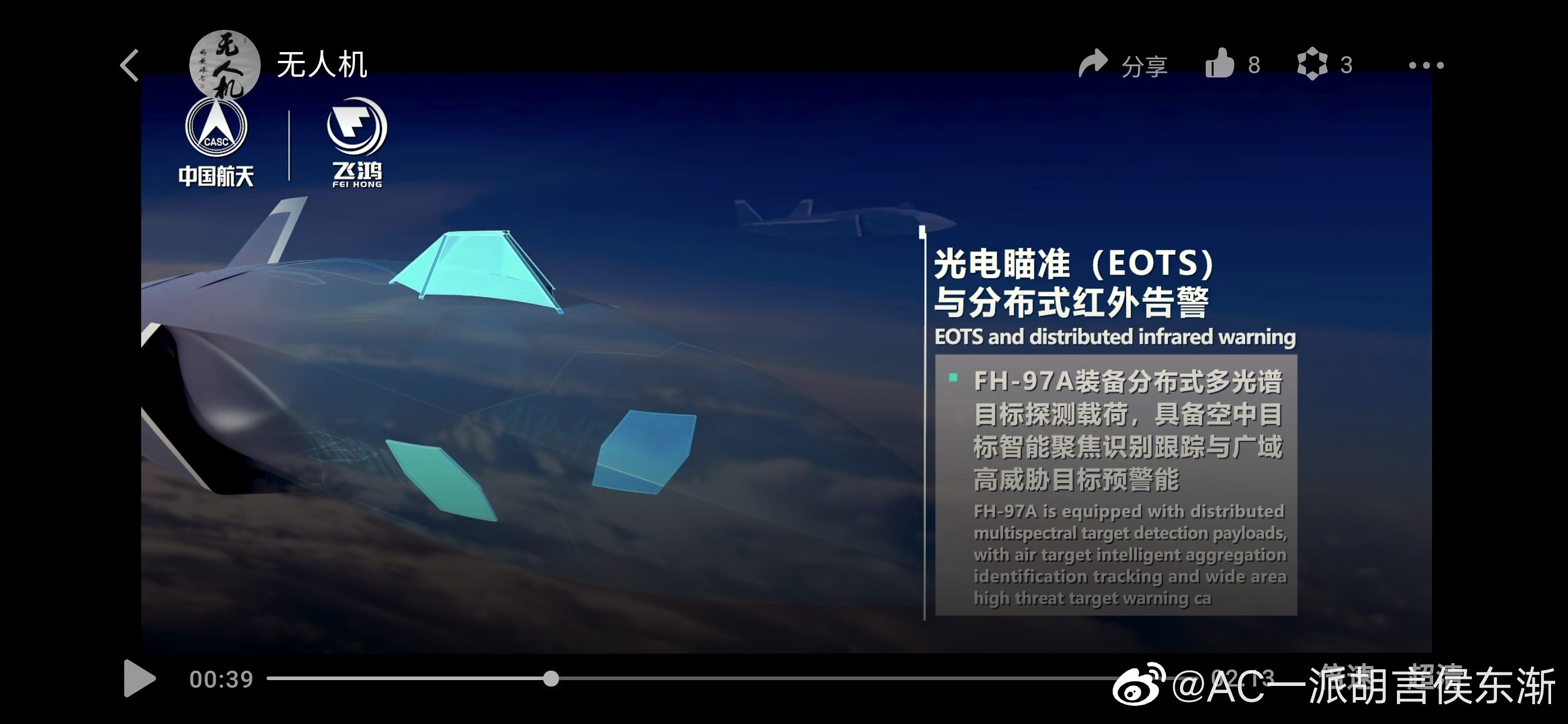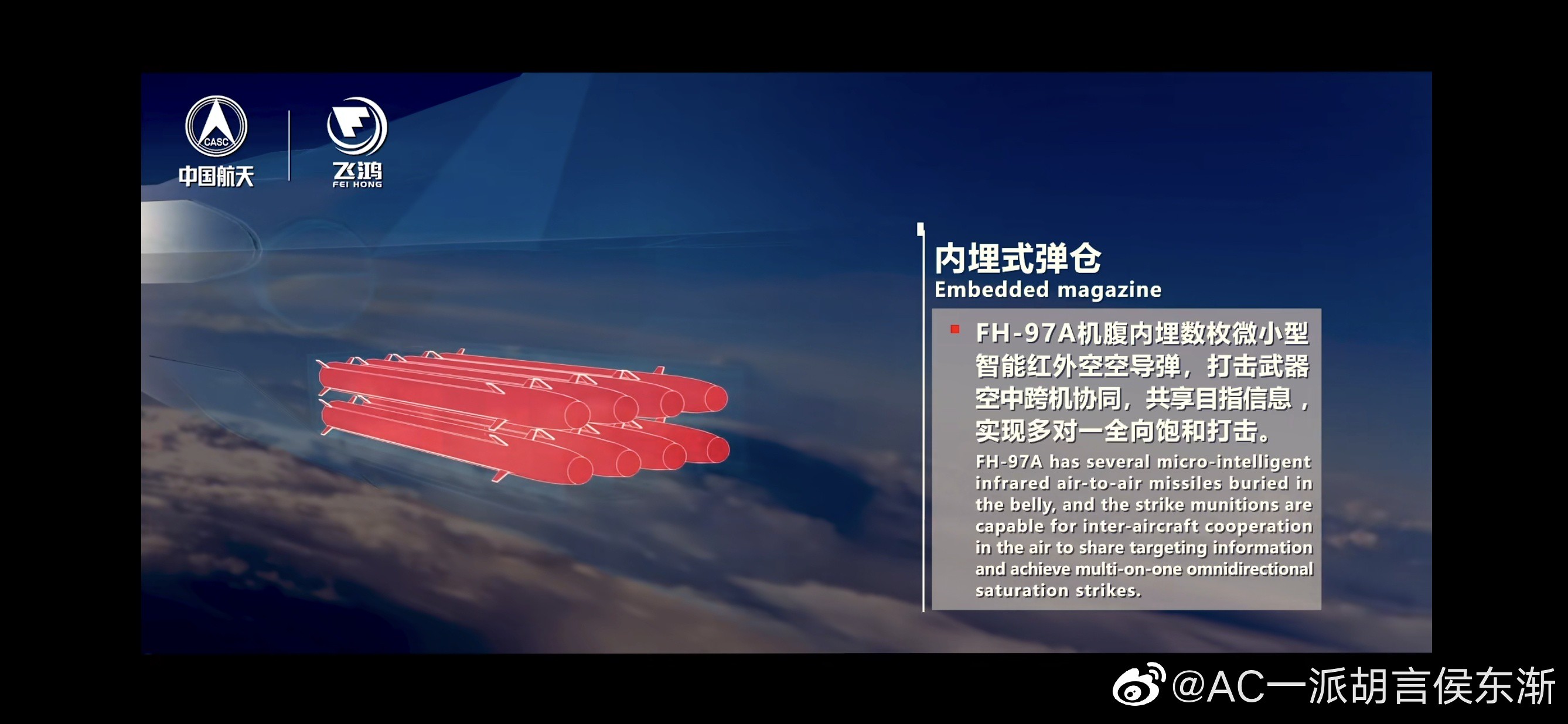You are using an out of date browser. It may not display this or other websites correctly.
You should upgrade or use an alternative browser.
You should upgrade or use an alternative browser.
Chinese UAV/UCAV development
- Thread starter AssassinsMace
- Start date
- Status
- Not open for further replies.
AssassinsMace
Lieutenant General
So I watched Top Gun Maverick again. In it they talk about it'll be a 9G-10G climb getting out the valley where a person will black out but they also said the F-18 airframe could get damaged ruining the aircraft. Aren't these aircraft suppose to be stronger than that? I say because I'm wondering when the first air superiority UCAV comes out the advantage is that they will be able to make maneuvers the human body can't handle. So is that something they embellished because that moots a major point of having one?
Airframes rated for 9Gs aren’t meant to stay at those loads for sustained maneuvers. Most airframes are rated for 9G instantaneous and maybe 7G sustained. It probably didn’t help that they were doing those maneuvers at low altitude where there’s a lot more air resistance, and thus force load placed onto the airframes. If there are UAVS that are meant to do higher than 9G maneuvers they will have to be structurally designed to handle those loads first, and if they are meant to do 9G sustained or above, they will have to be designed for that as well. On the flip side, the smaller the UAV the less structural reinforcement and dedicated structural design it will need to be able to handle those loads. Smaller airframe means less weight, which means less overall force on the airframe at higher G loads. Total force at a G number goes up with higher weight since G load is a multiplicative factor, but the tensile strength and rigidity of your materials stay the same regardless of how big or small your airframe.So I watched Top Gun Maverick again. In it they talk about it'll be a 9G-10G climb getting out the valley where a person will black out but they also said the F-18 airframe could get damaged ruining the aircraft. Aren't these aircraft suppose to be stronger than that? I say because I'm wondering when the first air superiority UCAV comes out the advantage is that they will be able to make maneuvers the human body can't handle. So is that something they embellished because that moots a major point of having one?
iirc the F-18 airframe is rated for 7.5G. There are ways to pull more (manually remove the G-limiter) but that will dge the airframe.So I watched Top Gun Maverick again. In it they talk about it'll be a 9G-10G climb getting out the valley where a person will black out but they also said the F-18 airframe could get damaged ruining the aircraft. Aren't these aircraft suppose to be stronger than that? I say because I'm wondering when the first air superiority UCAV comes out the advantage is that they will be able to make maneuvers the human body can't handle. So is that something they embellished because that moots a major point of having one?
Also from my understandings the "rated for xxxG" is not quite as simple as "this jet can do it all day", it's more like having a certain a certain amount of time that the airframe can spend at certain load conditions before having to be inspected for fatigue-related issues.
As for the air superiroity UAV problem I personally think it's a bit more complicated: current fighter jets are designed around the human pilot, but that means the airframe strength, subsystems, etc are also designed to deal with loads that humans can survive under. Remove the human from the equation and you'll immediately run into something else that'll fail at higher loads. In the end to achieve higher G-loads with a UAV one would probably have to redesign most of its parts and subsystems, then problems like increased structural weight due to the need for more strength come in to play. Add to this that pulling more Gs isn't going to magically change how air combat is fought (and honestly I don't think a few more Gs will make any major impact nowadays), and I think whether to make air superiority UAVs have higher G ratings is a subject that needs to be carefully studied before definitively saying if it's worth it or not.
Found the original video (by chance) in case anyone is curious.
Feels like both FH-97 and FH-97A are smaller versions of the J-20+J-35 fusion.
However, we can be mostly sure that FH-97 is suitable for strike fighter roles, analogus to XQ-58 Valkryie.
On the other hand, FH-97A is suitable for superiority fighter roles, analogus to the MQ-28 Ghost Bat.
Speaking of which, how fast do you guys think can China manufacture these UCAVs? Because I believe that the optimal number of UCAVs in service with the PLAAF and PLAN should be at least 3-4 times the number of newer manned fighters available (e.g. J-20, J-16, J-11B, J-35, J-15S), going by the assumption of 3-4 wingman UCAVs for every single manned fighter. Coupled with China's massive industrial prowess and R&D might, I see this as definitely possible and clear win for China.
Although, there would be issues surfacing WRT logistics and staging grounds for the massively expanded PLAAF and PLAN. Construction of more airfields, runways, storage + maintenance facilities and command centers would have to follow suit.
Last edited:
- Status
- Not open for further replies.

